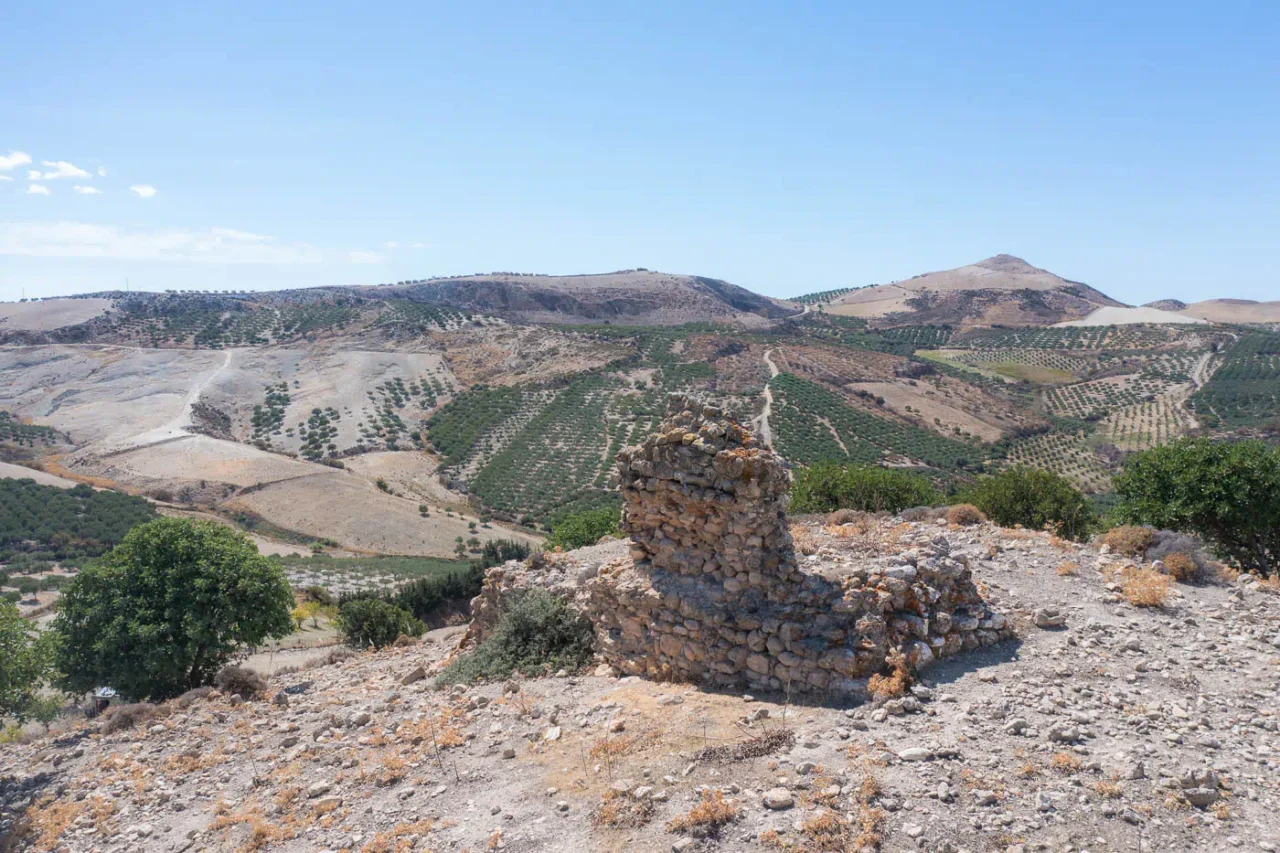
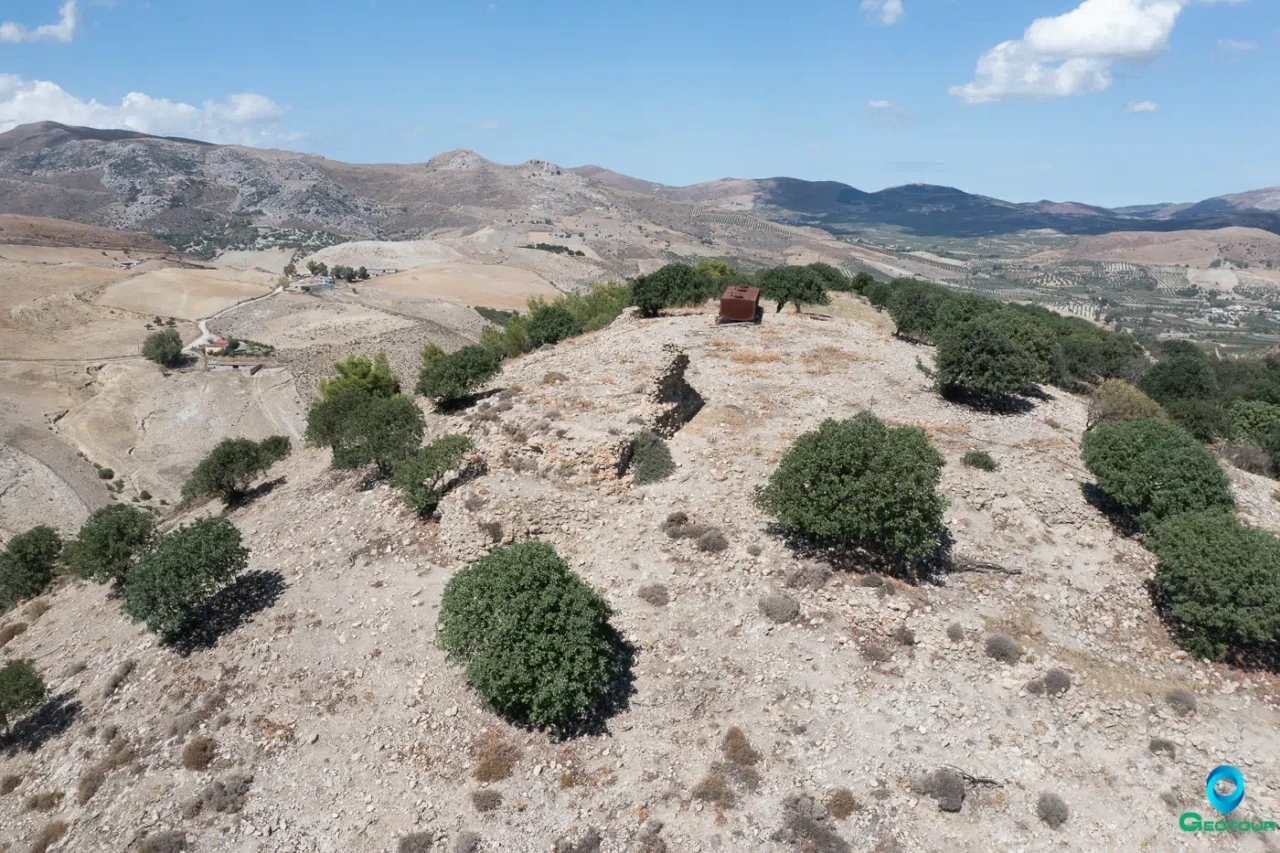
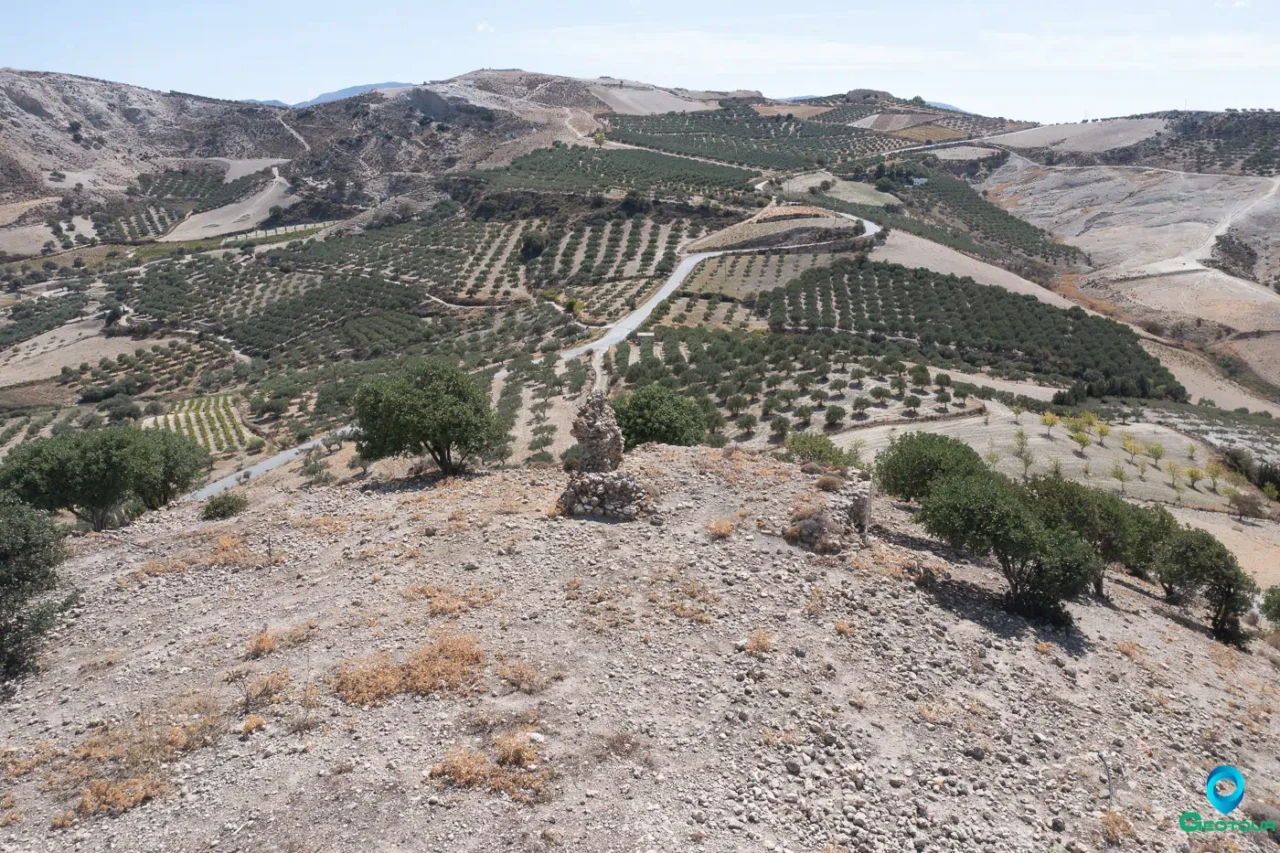
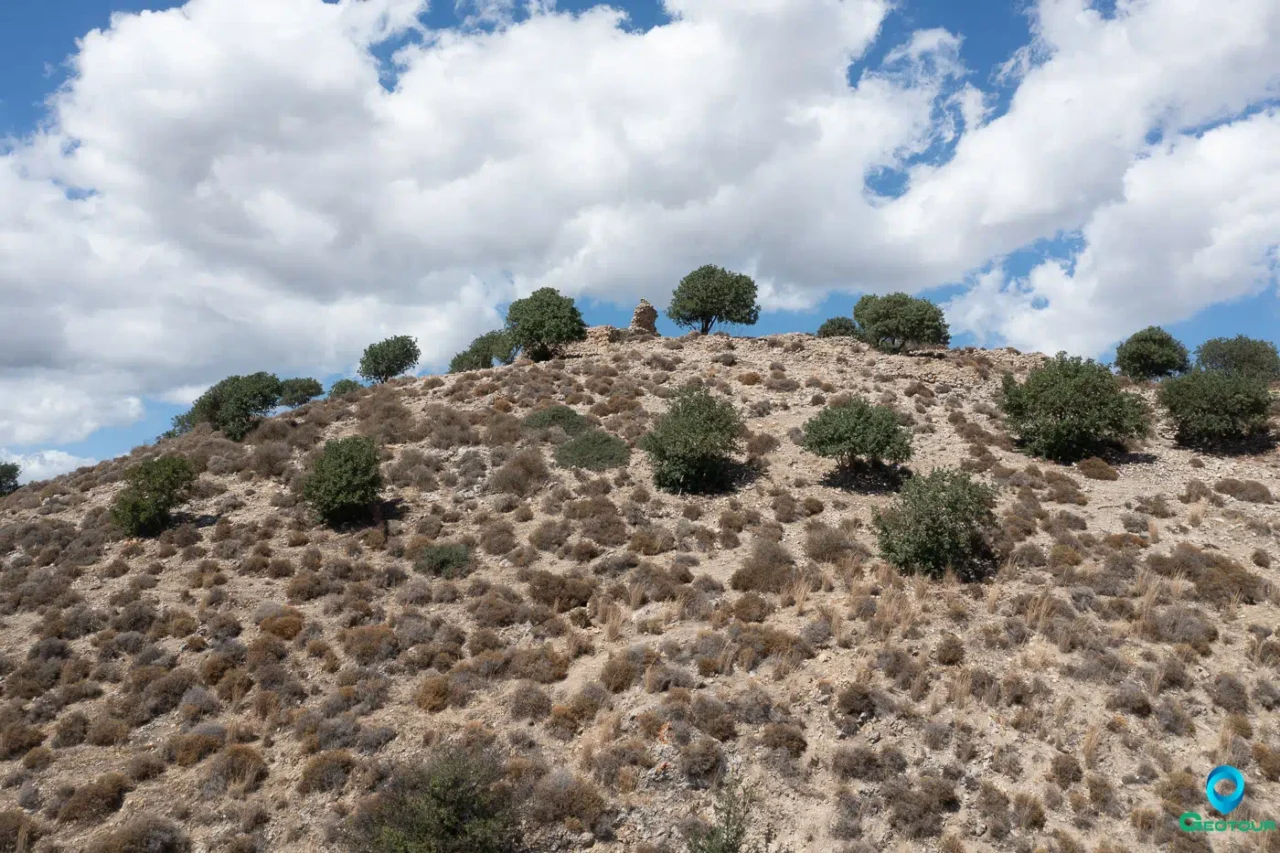
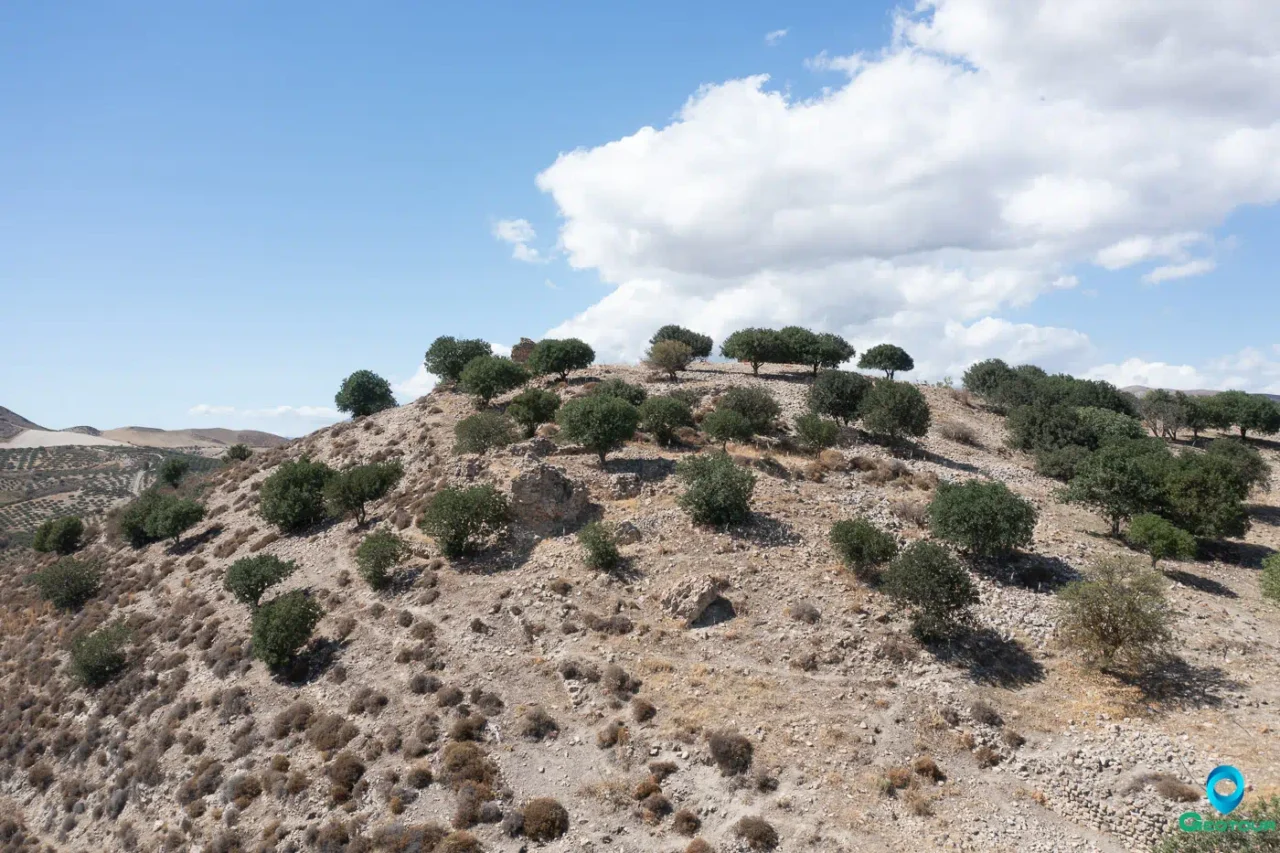
Castel Bonifacio, also referred to as Epano Kasteli, stands as a testament to Crete’s layered history. Located west of the modern village of Tsifout Kasteli, this fortress has witnessed centuries of change and conflict, leaving behind a legacy etched in its stones and the surrounding landscape. While its origins are shrouded in some mystery, the fortress’s strategic importance and architectural features offer valuable insights into its role in the Venetian era and its possible earlier Byzantine roots.
Historical Significance
Castel Bonifacio’s story is intertwined with the complex power dynamics of medieval Crete. Enrico Pescatore, a Genoese adventurer who briefly controlled parts of the island in the early 13th century, is credited with its construction. He named it after a fortress in Corsica, a symbolic gesture reflecting his ambitions and connections beyond Crete.
Following Pescatore’s expulsion, the Venetians, recognizing the fortress’s strategic value, incorporated it into their administrative network. It served as the seat of a castellan, highlighting its role in maintaining Venetian control over the region. The fortress faced its first major test during the Skordiles-Melissenos revolt in 1230. Despite the rebels’ success in capturing other Cretan fortresses, Castel Bonifacio remained unconquered, a testament to its formidable defenses and the leadership of its commander, Cataldo Avonale.
Over time, the fortress’s strategic importance waned, leading to its gradual decline and eventual abandonment. The modern village of Tsifout Kasteli, meaning “Jewish Castle” in Turkish, sprung up at its base, its name hinting at the diverse communities that inhabited the area in later centuries. The fortress’s name lives on in the Monofatsio province, a reminder of its historical significance.
Architectural Features
Castel Bonifacio’s architecture reflects its primary function as a defensive stronghold. It boasts a fortified perimeter wall, punctuated by square towers that project inwards, enhancing the defenders’ ability to observe and repel attacks. The main gate, situated on the south side, was further fortified by a tower, while another tower stood at the castle’s highest point, providing a panoramic view of the surrounding landscape.
Today, the fortress lies in ruins, with only fragments of its walls and towers standing. However, these remnants, along with the stone-paved path leading to the center, where the remains of buildings, a single-nave vaulted church, and a large cistern can be found, offer glimpses into the fortress’s past. These architectural features, though weathered by time, provide valuable clues about the lives of those who lived and fought within its walls.
Construction and Layout
The fortress’s construction likely utilized local limestone, a readily available and durable material. The walls and towers exhibit a combination of rough-hewn stones and more carefully dressed blocks, suggesting a pragmatic approach to construction, prioritizing strength and efficiency. The presence of square towers and a fortified gatehouse aligns with typical medieval military architecture, emphasizing defense and control.
The layout of Castel Bonifacio reflects a clear hierarchy of spaces. The central path leads to the heart of the fortress, where the most important structures were located. The church, though small, served as a spiritual center for the garrison and inhabitants. The large cistern, essential for water storage in a region with limited resources, underscores the fortress’s self-sufficiency. The presence of additional buildings, now reduced to ruins, suggests a bustling community within the fortress walls, encompassing not only soldiers but also their families and support personnel.
The Enigma of its Origins
While Enrico Pescatore is traditionally credited with building Castel Bonifacio, some scholars propose an earlier Byzantine origin. The fortress’s strategic location, overlooking the fertile plain and controlling access to the interior, aligns with Byzantine defensive strategies in Crete. The presence of architectural features reminiscent of Byzantine fortifications, such as the use of brick and mortar in the walls, further supports this hypothesis.
The debate over the fortress’s origins highlights the complexities of Cretan history. The island, situated at the crossroads of civilizations, has witnessed centuries of conquest and cultural exchange. Castel Bonifacio, with its blend of architectural styles and its strategic location, embodies this rich and layered past.
The End of an Era
Castel Bonifacio’s decline began in the late Byzantine period, as the threat of Arab raids diminished and the focus shifted to coastal cities. The fortress was gradually abandoned, its once-proud walls and towers succumbing to the elements. The rise of the modern village of Tsifout Kasteli at its base marked a new chapter in the area’s history, one where the fortress’s military function was replaced by a focus on agriculture and trade.
Castel Bonifacio Today
Today, Castel Bonifacio stands in ruins, a silent witness to Crete’s turbulent past. Its fragmented walls and towers, though evocative, offer only glimpses into its former glory. However, ongoing archaeological research and restoration efforts are slowly uncovering more of the fortress’s secrets, shedding light on its construction, layout, and the lives of its inhabitants.
Conclusion
Castel Bonifacio, despite its ruinous state, remains a significant landmark in Crete. Its strategic location, architectural features, and historical context offer a window into the island’s complex past. As research continues, we can expect to learn more about this enigmatic fortress and its role in shaping Cretan history.
References
- Gerola, G. (1905). I Monumenti Veneti Dell’ Isola Di Creta.
- Γιγουρτάκης, Ν. Μ. (2004). Βυζαντινές οχυρώσεις στην Κρήτη, Β’ βυζαντινή περίοδος.
- Μανιατόπουλος, Π. Χ. (2021). Η Κρήτη στα χρόνια της Βενετοκρατίας (1204-1669).
- Γάσπαρης, Χ. (n.d.). Η κρητική επανάσταση του 1333. Η επανάσταση των «άλλων» Καλλέργηδων.
Access
A short hike is required to reach the top of the hill. The site is fenced and there is a bad-quality earth road that leads up.













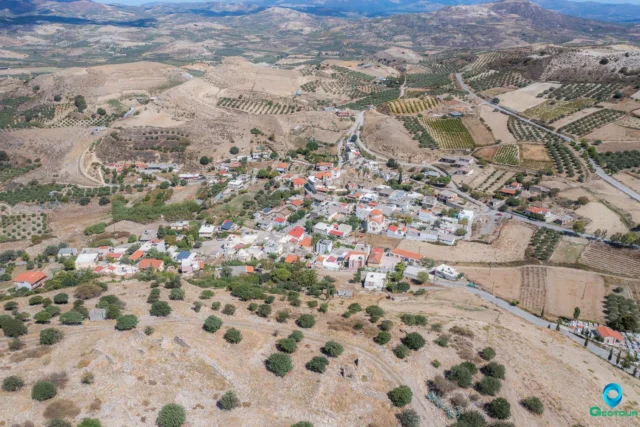

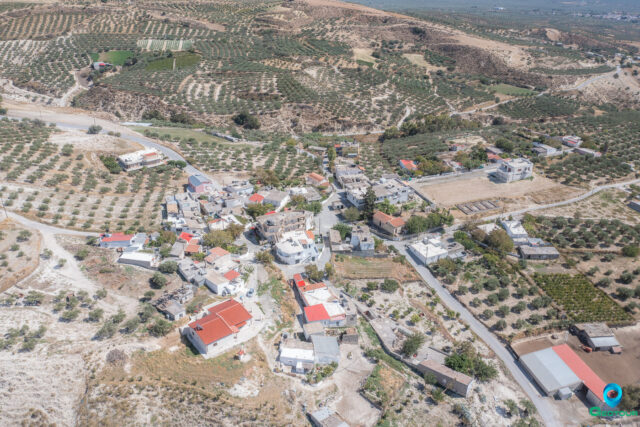

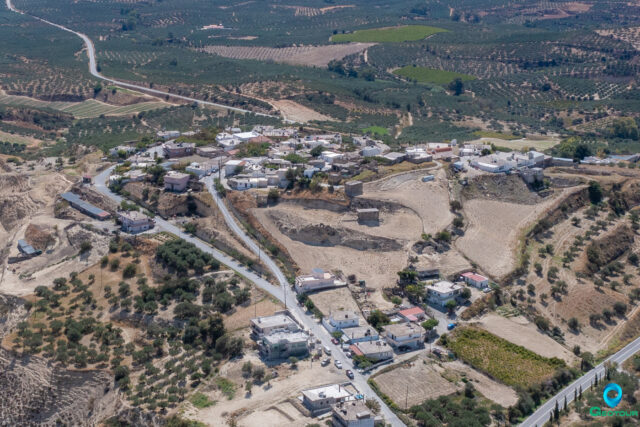


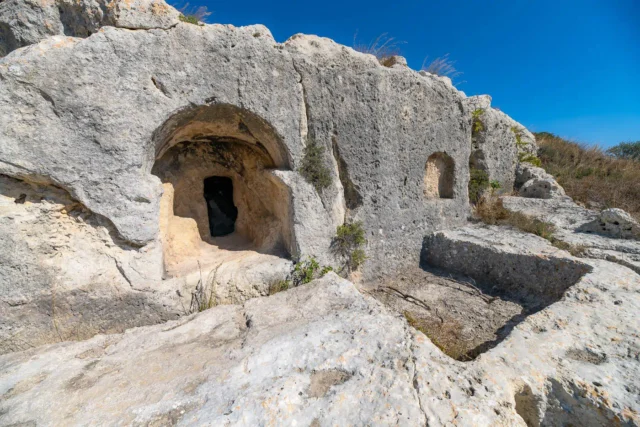

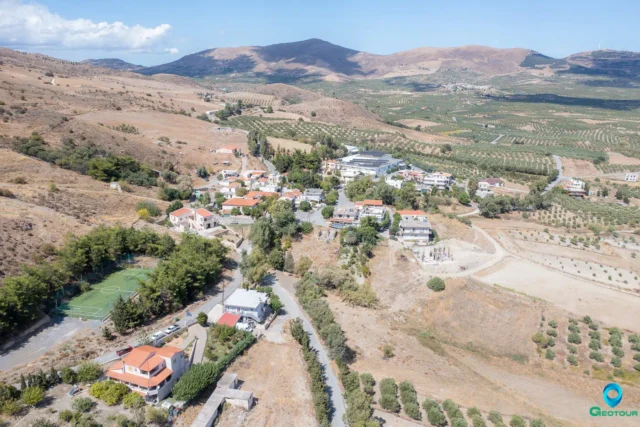
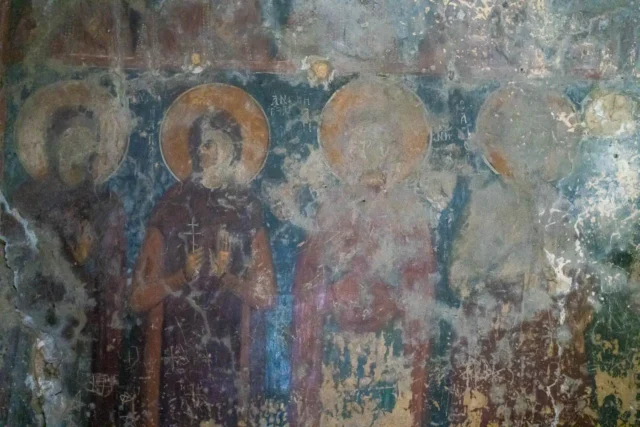
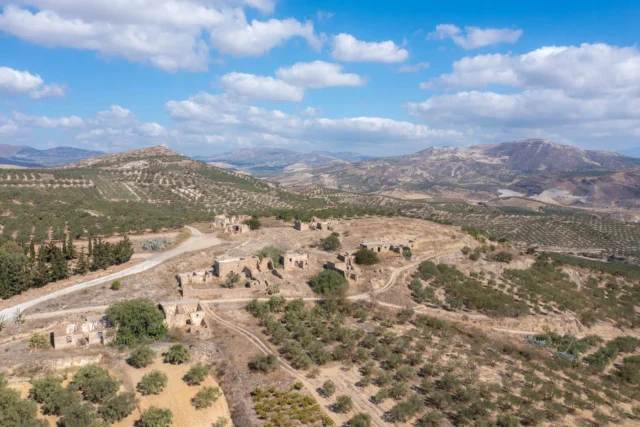
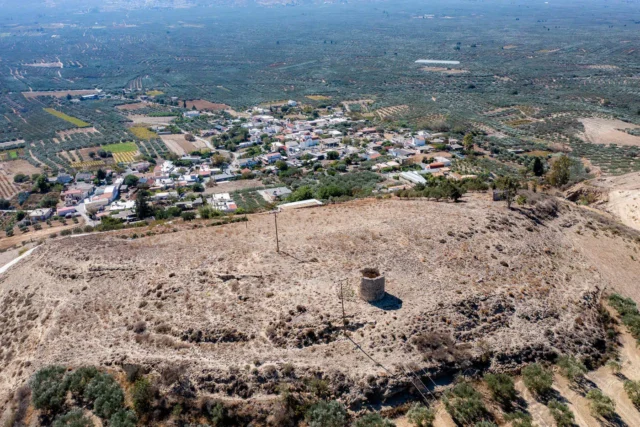

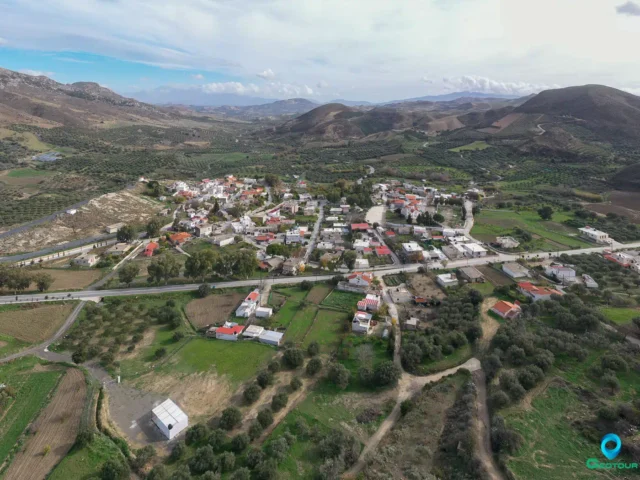


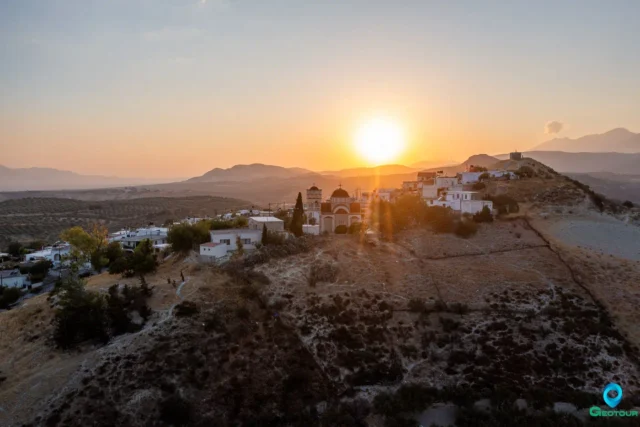
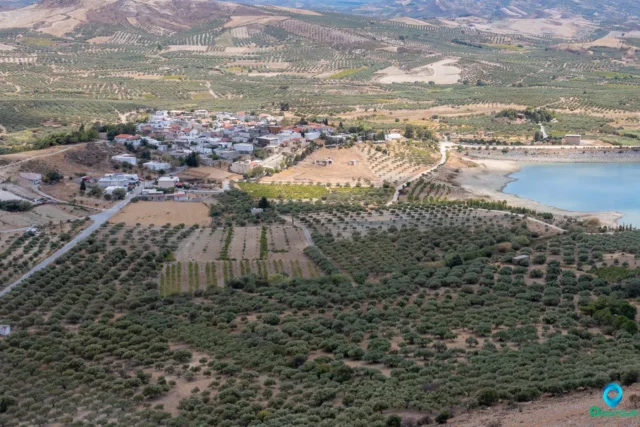

There are no comments yet.